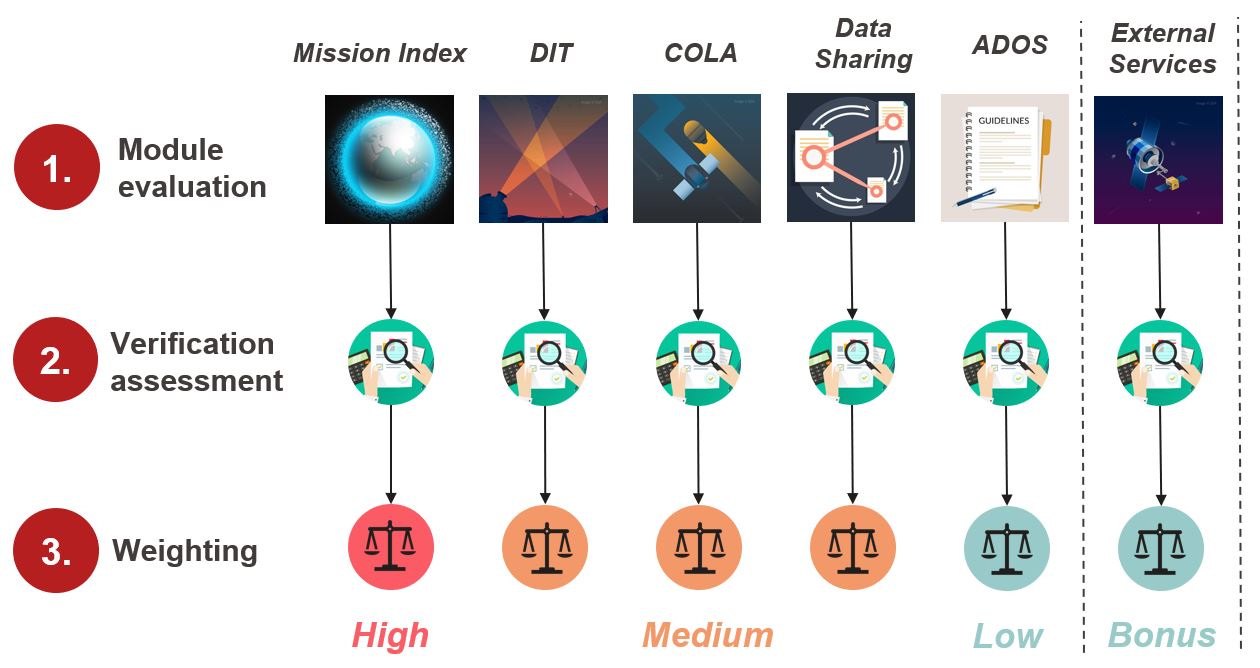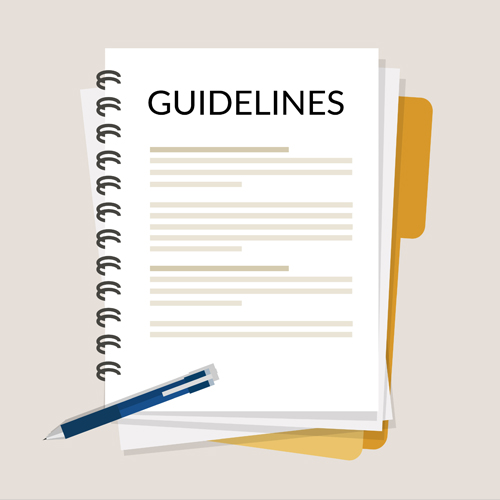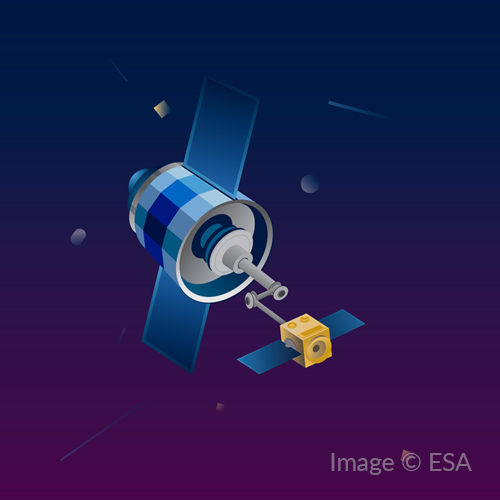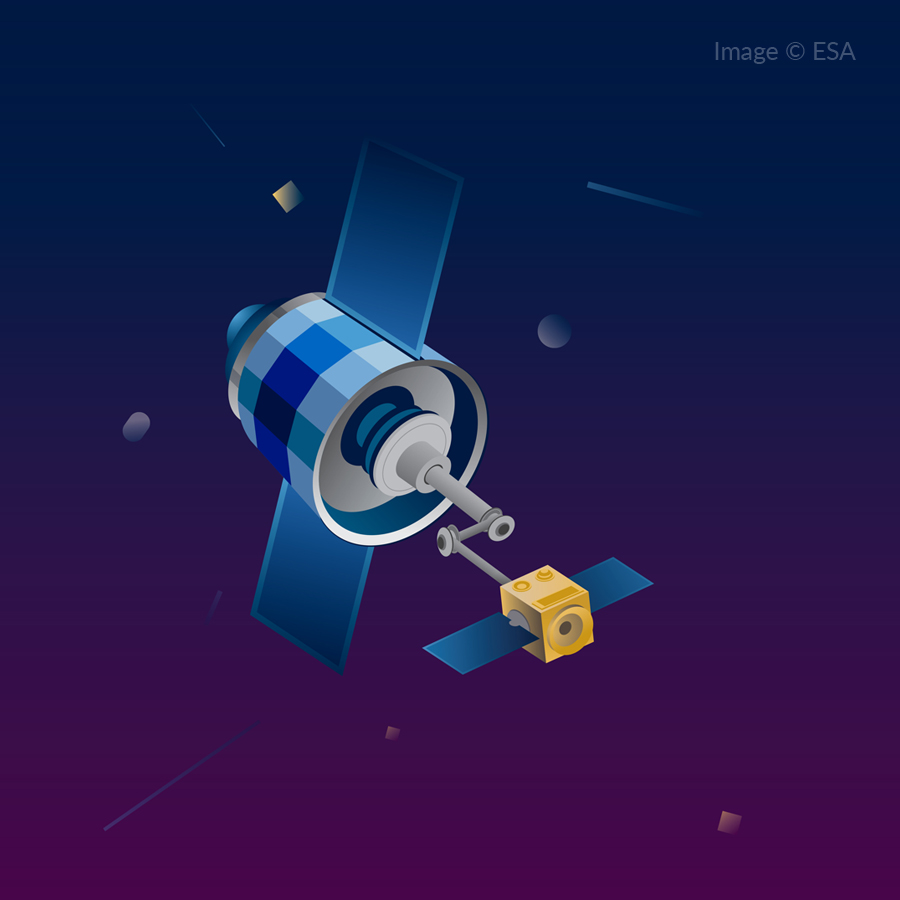The Space Sustainability Rating is a tiered scoring system that takes a series of metrics based on models previously published by agencies and academic institutes that serve to quantify and measure sustainability decisions taken by operators.
Credit, or points, are awarded according to the positive impact on the space environment - actions that result in more sustainable impact receive more points.
The SSR design considers the decisions a space actor can make during the design, the operation and end of life of a space mission. It considers the variability of the space industry and aims to be useful to missions involving:
- Single or multiple assets
- Different capabilities of objects
- Different temporal aspects
SSR scores and labels
The SSR is formulated as a combined score based on the evaluation of individual modules, where different aspects of space sustainability are covered. A rated entity will receive a “Tier Score” that will determine the rating level between Bronze, Silver, Gold or Platinum. Each of the SSR tiers are achieved after earning a certain combined score between 0 (low) and 1 (high), based on the combined evaluation of individual modules.
A second score is aggregated and enables the possibility to earn additional credit towards a bonus “Step” indicator, which highlights certain steps a mission can take to ‘go over and beyond’ the baseline rating towards space sustainability. Various questions, as well as certain entire modules, count towards this bonus.
Bonuses are reported separately and do not contribute to the baseline rating of a requesting entity. It is however reported as an honourable mention represented by stars on the side of the rating’s label.
SSR score computation
The Space Sustainability Rating uses a composite indicator in which the evaluation of independent modules is performed. The following modules were selected as part of the first iteration of the SSR.
The aggregation into a single score in performed from the evaluation of each individual module considering also the data verification assessment (more details below) and considering the weights for each of the modules relative to their impact on space safety and sustainability.

Data Verification
It is assumed that the SSR application does not involve an in-depth review of the mission design on behalf of the SSR issuer. Instead, emphasis is placed on the level of verifiability of the data provided and the verification by technical authorities. These inputs are captured as part of the questionnaire, and hence the quality of the input to the SSR issuer has an influence on the rating.
Scoring within each of the SSR’s modules relies on access to various pieces of factual information and/or analysis, most-often furnished by the satellite operator requesting a rating. A verification weighting is attached to inputs provided by the operator to both reflect the SSR issuer’s confidence that its assessment of the system owner/operator or system’s conformance with various SSR requirements is accurate and to encourage entities to provide better verified data as part of their submission. For each of the questions contained in the questionnaire, a weighting is to be attached to the verification of the applicant's statements, which will be traced through the SSR issuer’s use of that information.
The following applies:
Factor: 0.5
This first category represents a simple statement made by an applicant without supporting documentation. Such statements will generally be assumed to be truthful, but the SSR issuer may seek to clarify or rely upon a different (default) value if it has reason to believe that the submission by the applicant is incorrect or infeasible.
Factor: 0.6
In this category, the applicant has provided appropriate technical documentation justifying the submitted value. For instance, the collision avoidance module of the questionnaire asks applicants to characterize the covariance of their orbit determination. A technical analysis tracing various sources of errors and how they would impact the ultimate accuracy of the operator’s orbit determination solution might provide this level of verification for an evaluation during the baseline rating. During the on-orbit phase, an operator might provide actual data regarding the accuracy of their operational orbit determination. In some cases, verification at this level will involve documents provided to the applicant by component manufacturers, launch providers, or other suppliers. As above, the SSR issuer will not necessarily review or confirm the technical validity of the submitted documentation, but reserves the right to do so, seek clarification as necessary, or rely upon different values if it believes the submission is incorrect or technically unfounded.
Factor: 0.8
For this level of verification, the supporting documentation must be submitted to a government or non-profit organization that would then make it available for review by the public. Such documentation must be available without requiring a specific “need to know” on the part of inspectors, and must be free of charge. The organization may require inspectors to create a user account or go through other reasonable registration procedures. An example might include spectrum license information submitted to a national spectrum regulator. At this level of verification, there is no expectation that the receiving party acts as a certifying technical authority for the information. Rather, the submission serves as a formal attestation of the accuracy of the information by the applicant and provides transparency for the data and supporting documentation to be evaluated by others.
Factor: 1.0
This level of verification involves confirmation of the information submitted by the applicant by some third party with appropriate expertise to assess and confirm the technical credibility of the analysis or information provided by the applicant (or who performs such analysis itself on behalf of the applicant). Such technical experts might include (depending on the information to be provided), but are not limited to, government regulators and third-party consultants. Review may be conducted by an independent team of qualified individuals within the applicant’s organization if the reviewing team is not involved in mission implementation and conducts oversight through a formal technical review process. No formal certification of technical authorities by the SSR issuer is proposed at this time, but such certification is under consideration for future updates to the SSR.
The contribution of these verification factors is relatively modest for the time being but may increase in future revisions of the SSR as the ecosystem develops further. There may be cases where the SSR issuer determines that appropriate technical documentation or confirmation of compliance by a technical authority is not possible or unnecessary given the nature or particular phase of a mission’s development. In such cases, the SSR issuer will increase the weight of the provided information accordingly to avoid penalising the operator.
Contact the team HERE to learn more about the offering and pricing, start the process and initiate collaboration!











